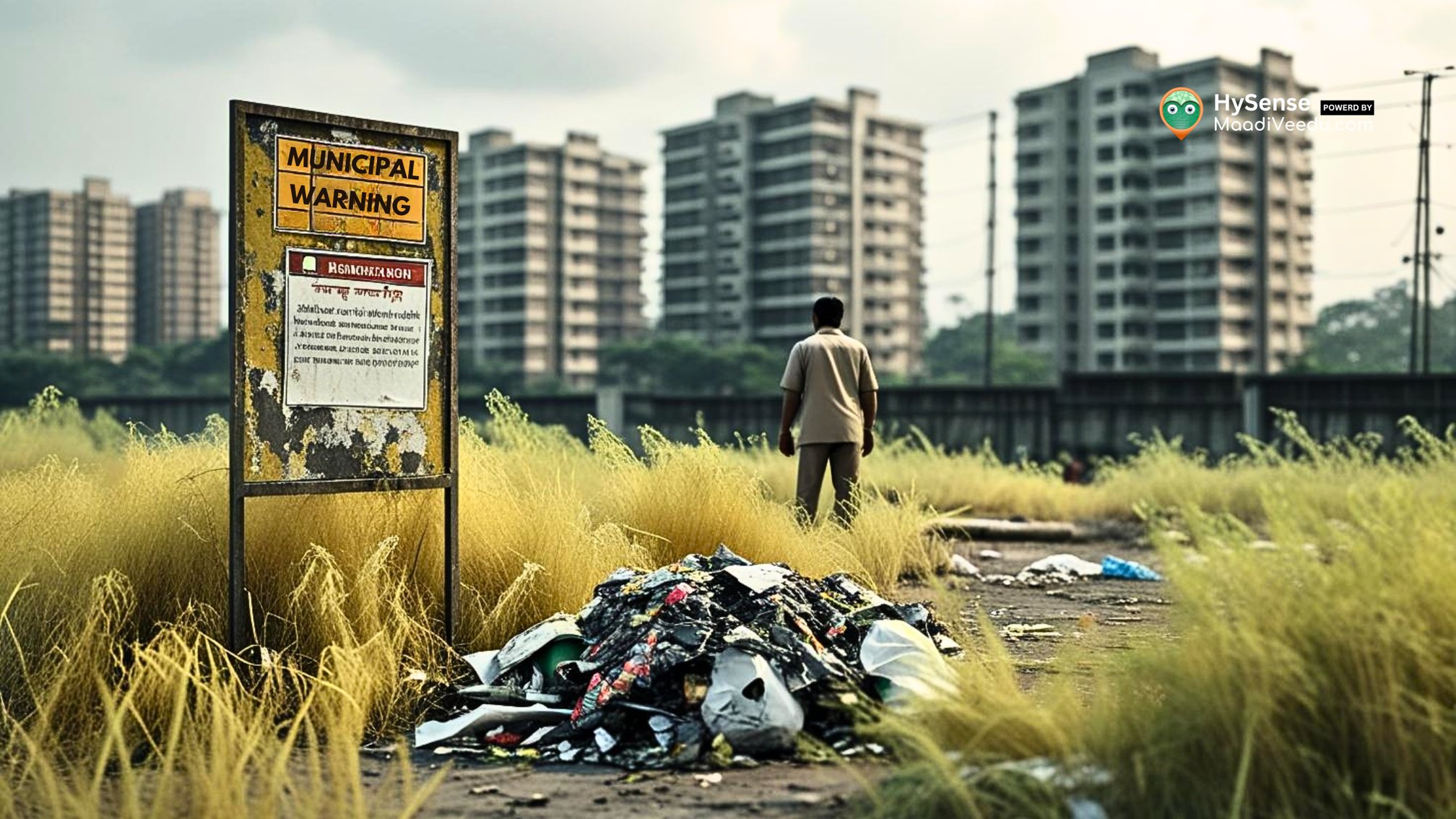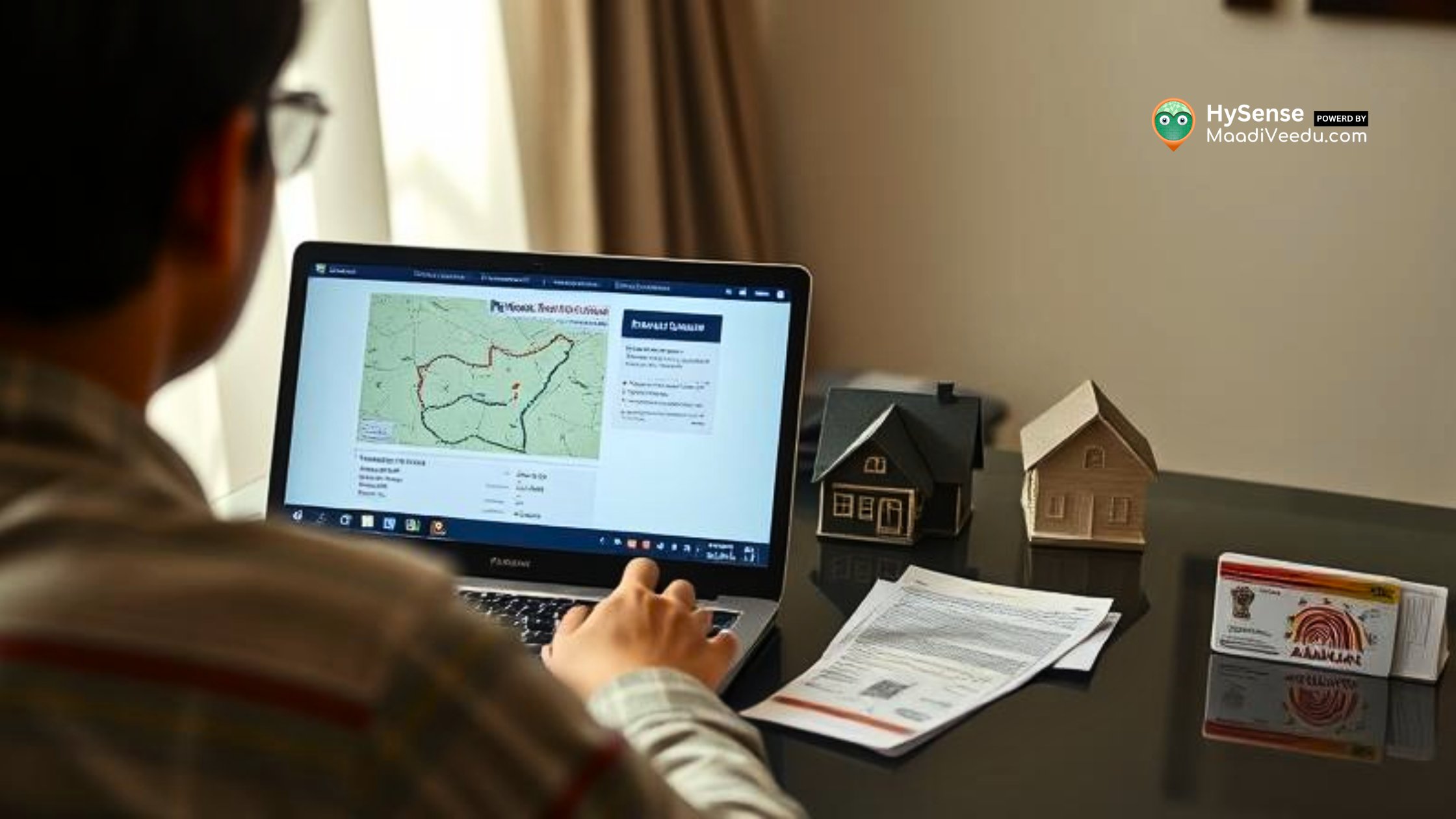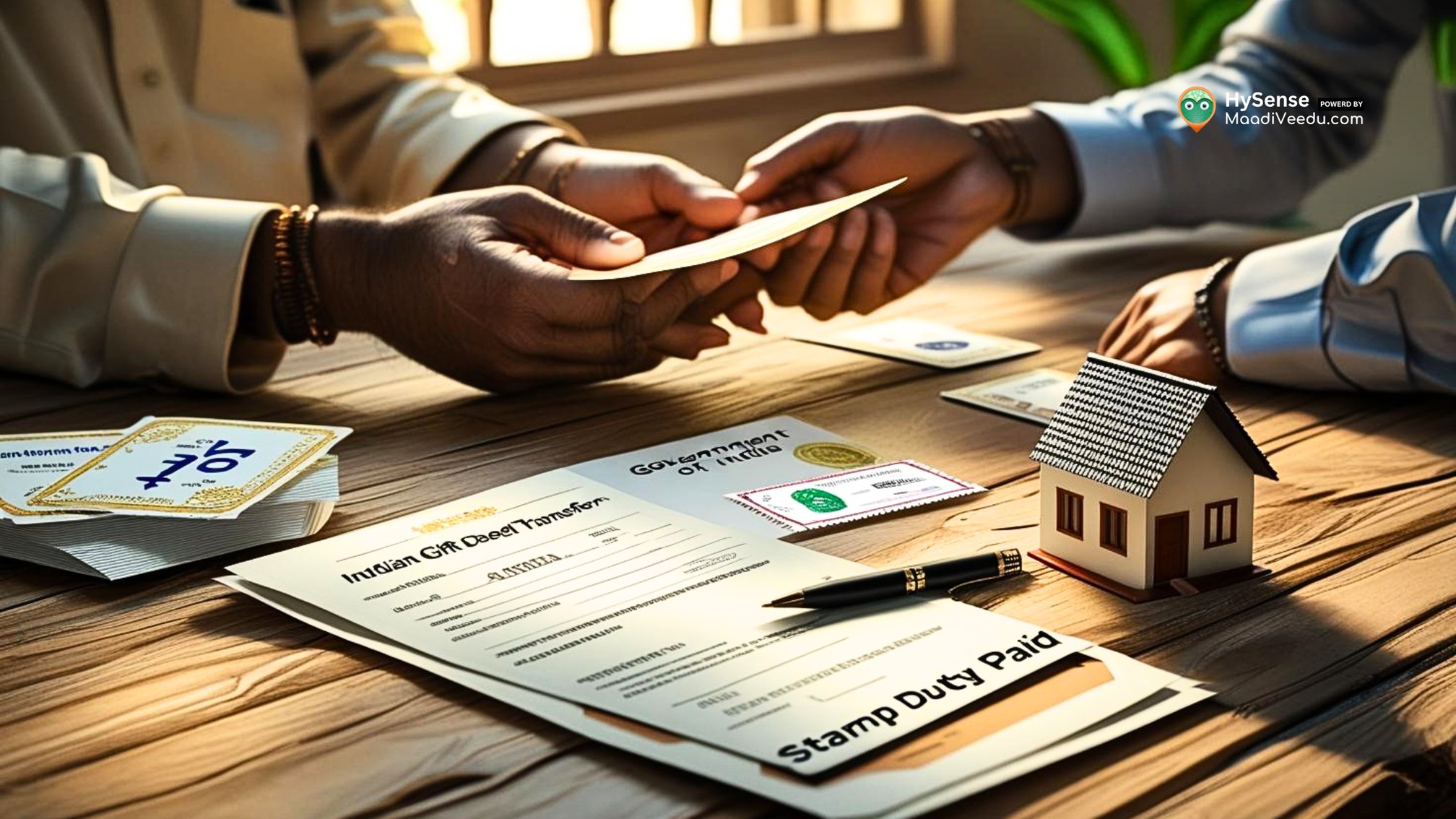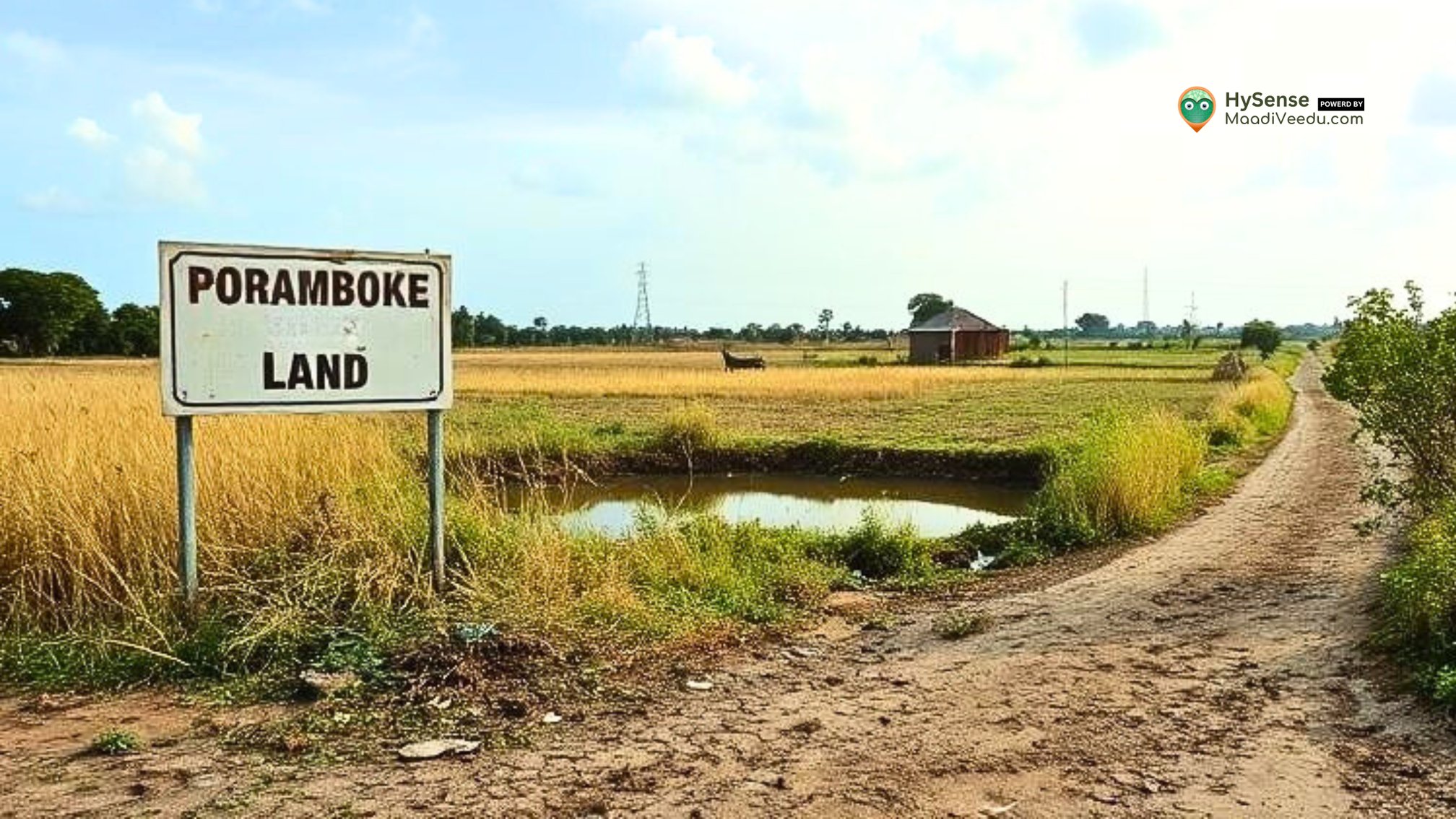Rural vs Urban Land: What’s the Right Choice for Your Property Investment?
Explore the pros and cons of rural vs urban land investment to make the right property choice based on budget, lifestyle, and future growth.
Table of Contents
A surprising truth:
Did you know ? That rural land prices can be as much as 80% cheaper than urban plots—yet offer more long-term appreciation in fast-growing regions?
Whether you dream of building a peaceful retreat surrounded by nature or investing in a prime location with quick returns, one big question stands in your way:
Should you choose rural or urban land for your next property move?
Let’s break it down in simple terms and help you decide what fits your needs best.
If you're exploring land options, you can browse verified listings across both rural and urban regions that align with your goals — view available properties here.
What This Blog Will Cover
- Clear differences between rural and urban land
- Real-world examples to guide your decision
- Pros, cons, and future potential of both types
Whether you're buying your first piece of land or adding to your portfolio, this guide will help you invest wisely.
Understanding the Basics: Rural vs Urban Land
What exactly is rural land?
It’s the kind of land found outside cities and towns—think open fields, farmland, or scenic hilly plots. These areas are less populated and are mostly used for agriculture, livestock, or holiday homes.
Urban land, in contrast, refers to plots within towns or cities. These areas are densely populated and come packed with roads, schools, hospitals, businesses, and amenities—ideal for fast-paced, modern lifestyles.
Economic Factors: Price and Investment Returns
Let’s talk money.
- Rural land is more affordable. You can get a larger area at a lower price, especially useful for farming or long-term holding.
- Urban land is costlier but often provides faster returns. Due to high demand and accessibility, prices appreciate quicker, and resale or rental options are easier.
Example: In suburban Tamil Nadu, a rural acre might cost ₹8–15 lakhs, whereas an urban plot of the same size could cross ₹1 crore.
The Charm of Rural Land
More Space for Less Money
Rural plots offer large areas at low cost—perfect if you're planning:
- Organic farming
- Farmhouse construction
- Weekend getaway homes
- Livestock rearing
Peace, Nature, and Privacy
Far from city chaos, rural land offers:
- A calm, slow-paced lifestyle
- Low noise and pollution
- Starry night skies and fresh air
Example: In the Nilgiris region, many families are now building eco-homes to escape crowded city life.
Future Growth Potential
With urban sprawl expanding, nearby rural areas are gaining attention. As cities grow, these rural plots could soon become the next suburban hotspots—bringing higher returns.
If you're leaning towards rural land for farming or investment, don’t miss our detailed guide on How to Buy Farmland in India Safely: 2025 Trends, Benefits & Key Risks.
Challenges of Rural Land
Limited Infrastructure
You may face:
- No nearby schools, shops, or hospitals
- Lack of water supply or electricity
- Bad roads or no public transport
Setting up basic infrastructure can be costly and time-consuming.
Fewer Job Opportunities
Jobs are often limited to farming or small local businesses. Unless you’re working remotely or running your own project, it could be tough to find local employment.
Benefits of Urban Land
Access to Everything
Urban plots are close to:
- Schools and colleges
- Supermarkets and hospitals
- Workplaces, malls, and transit hubs
Urban living suits families, working professionals, and anyone who values convenience.
Strong Demand and Liquidity
Urban plots are easier to:
- Sell at a good price
- Rent for residential or commercial use
- Develop into apartments, shops, or PGs
That’s why many real estate investors focus on urban markets.
Better Infrastructure
From water pipelines to 4G/5G networks, cities offer fully set-up amenities—ideal for immediate development.
Looking to explore current urban and suburban land options? Check available listings here based on your budget and preferences.
Urban Land – Not Without Disadvantages
Expensive and Crowded
City land is pricey, and the plots are usually smaller. For the same price, you could buy a 3-acre rural property instead of a 900 sq ft urban plot.
Noise and Pollution
Daily life includes traffic, construction noise, and reduced air quality. Over time, this can affect your health and mental peace.
Final Thoughts: Choose What Matches Your Goals
- Choose rural land if you value space, affordability, and future growth.
- Go for urban land if you need convenience, faster appreciation, and infrastructure.
Whether you’re buying for living, farming, or resale, understanding your priorities and future plans is key. Rural land is better for patient, long-term investors. Urban land suits those who want quicker gains or business development.
Still unsure about where to invest? Explore property options in both rural and urban areas on our trusted platform www.MaadiVeedu.com and read more property insights at blog.maadiveedu.com.
Make an informed move that suits your budget and future goals.
Frequently Asked Questions (FAQ)
1. Is rural land better for farming?
Yes, rural land is generally better for agriculture due to open space, soil quality, and fewer construction restrictions.
2. Can urban land be used for residential housing projects?
Absolutely. Urban plots are commonly used for apartments, row houses, or PG accommodations.
3. Which land appreciates faster in value?
Urban land appreciates faster due to high demand, but rural land near expanding cities can also yield strong long-term gains.
4. Is it easier to get a loan for urban or rural land?
Urban land is usually easier to finance because banks consider it lower risk due to developed infrastructure and high resale potential.
5. Which is better for building a farmhouse—rural or urban?
Rural land is more suitable for a farmhouse due to its size, cost, and natural surroundings.










